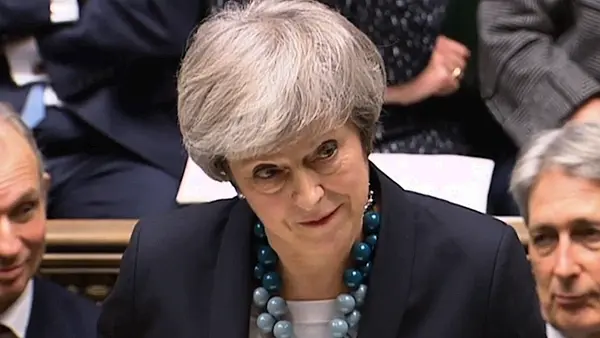The past week has seen much turbulence on financial markets. Equity markets came under severe selling pressure, with Wall Street suffering a fall of over 3% on last Tuesday alone.
However, the stress has not just been confined to stocks.
Oil prices experienced further falls, while credit spreads widened sharply.
At the same time, sovereign bonds benefitted from safe-haven appeal, resulting in marked declines in yields as funds flowed into this market.
The yield on 10 year US Treasury bonds has fallen by over 20 basis points in the past week, declining to below 2.85%.
Even more noteworthy, the US yield curve has started to invert.
And an inverted yield curve has tended to be a forerunner to a downturn in the US economy.
However, underlying economic fundamentals, including the labour market, remain strong in the US.
While the economy is likely to slow next year as the effects of President Donald Trump’s fiscal stimulus fades, there are no signs that a US recession is imminent.
Overall, what could be happening is that markets may be in the process of re-pricing valuations and risk to more realistic levels in light of the vast array of threats hovering on the horizon for 2019.
These include slower global growth, escalating trade tensions, geopolitical risks, tightening in global monetary conditions and Brexit.
However, if the global economy holds up, then investors may return to riskier assets in the New Year given more attractive valuations following the recent sell-off.
Brexit risk is now very much to the front and centre of market attention.

The vote in the UK parliament on the Withdrawal Agreement was pulled as it was heading for defeat by a large margin.
This week’s summit of EU leaders is unlikely to see any significant changes to the Brexit deal. Uncertainty will continue over Brexit, with the UK parliament very much in a logjam.
Given the turmoil, a general election cannot be ruled out. There is also the growing possibility of a second referendum.
UK markets have been relatively calm up to now, despite all the political turmoil over Brexit.
Sterling has so far remained within the 87 pence to 91 pence trading range that it has occupied against the euro since September 2017.
However, the currency has weakened, with the euro rising above 90 pence in recent hours.
Markets may be taking some solace that a large majority in the UK parliament who are strongly opposed to a hard Brexit.
The coming days and weeks, though, could well test market patience. Markets may start to worry that a hard Brexit could be on the cards.
The Bank of England recently warned that a hard Brexit could have dire consequences for the UK economy.
We expect serious pressure to come on UK politicians to avoid such an outcome. The Brexit end-game has just begun and sterling looks to be in for a volatile ride.
Oliver Mangan is chief economist at AIB






